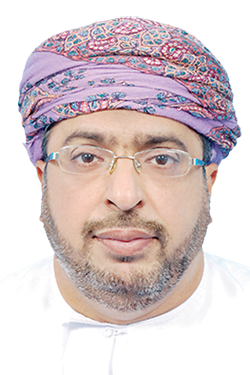

THERE are many facts that need to be pointed out about the E-Census 2020 covering the population, housing and establishments of the Sultanate.
The census is a significant statistical exercise that countries around the world undertake from time to time. The Sultanate has decided that the census should be conducted once every 10 years in order to evaluate and follow up on the country’s economic and social development over a full decade.
The latest census project was approved by the government in May 2015 and will be conducted in accordance with international frameworks and standards.
This huge exercise is the fourth in the series in the Sultanate, having been conducted in 1993.
This time around, the census will involve electronic methods and techniques, requiring only 74 staff as compared to the 6,600 personnel who took part in the 2010 census. This has significantly reduced the financial and administrative cost to the government.
The results of the current census will help to strengthen integration between the public and private sectors in the field of demographics, and the use of other economic and social data in survey projects and studies.
According to the last census results, the number of citizens in the Sultanate has not crossed 3 million today despite the passage of 50 years. The total population size was 4.471 million people (both citizens and expatriates), up from 2.773 million people in 2010, an increase of 61 per cent. The number of Omani families increased from 260,120 families in 2010 to 406,303 in 2020, an increase of 55 per cent.
This uptick led to the construction of many residential buildings in all governorates, in addition to the implementation of various health, educational and social services projects to meet the growing needs of citizens.
The census will shed light on demographic, social and economic developments including the gender ratio – projected at 50.4 per cent Omani males compared to 49.6 per cent females, which was not different from the 2010 trend.
For expatriates, the ratio is expected to be 78 per cent males vs 22 per cent females in 2020, compared to 76 per cent and 24 per cent respectively in the 2010 Census. Omanis about 15 years and younger will account for 38 per cent of the total Omani population in the 2020 census.
With regard to housing, the data indicates that the number of buildings increased from 488,513 in 2010 to 755,722 buildings in 2020, an increase of 55 per cent.
The census provides a lot of other information for researchers, students, and academic institutions to conduct more studies on many other areas of interest. These results need further analysis before they are used in the planning of economic projects and programmes as part of the Oman 2040 strategy.
This will help achieve more sustainable development for citizens and achieve national goals and priorities.
HAIDER AL LAWATI
haiderdawood@hotmail.com
Oman Observer is now on the WhatsApp channel. Click here



